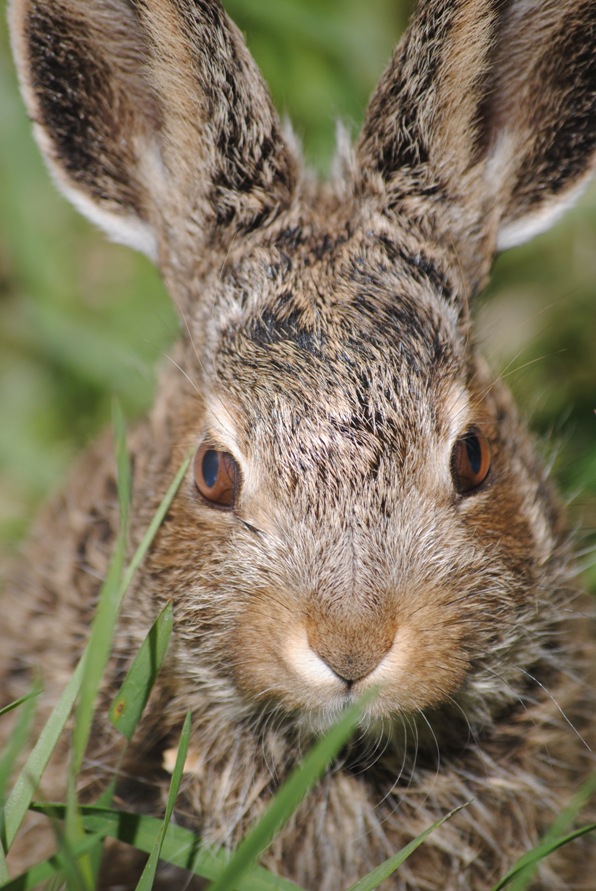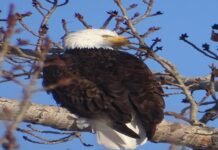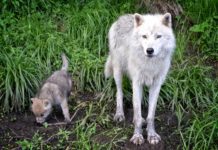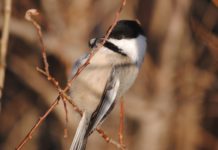Have you always wanted to photograph wildlife? With over 400 species of wild animals living in the city, you don’t have to go far to get great shots of local wildlife. Wildlife can be found in our parks, on our streets and in our backyards. Here are a few tips and tricks to get you started photographing wildlife.
- Be patient! Wildlife photography requires the ability to sit calmly and quietly and wait for wildlife to either appear or to become used to your presence.
- Be as non-intrusive as possible. Chasing wildlife or moving beyond their comfort zone can cause wildlife undue stress and can burn up valuable fat stores they need to survive, especially in the winter. In addition, approaching wildlife can be dangerous. Maintain a respectful distance by utilizing your camera’s zoom feature or a telephoto lens. This will allow you to get your shot without harassing the animal.
- Leave your pets at home! Dogs can harm wildlife (and wildlife can harm your pets!). You are more likely to find wildlife when you are quietly out on your own.
- Baiting, or providing food to get your shot is not advised! This is considered an unethical practice. It conditions the animal to be fed and habituates them to human presence which can lead to disastrous outcomes. Leave animals to find their own food sources which are nutritionally sound.
- Equipment is nice, patience and practice are even better! While having great equipment is always helpful, you don’t have to spend loads of money to get good shots. Invest in pieces that will truly augment your photography practice, such as a telephoto lens, learn your equipment and then use your tools to their limits. Many photographers use their environments to their advantage, for example balancing their camera on a fallen log rather than a tripod.
- Use a fast shutter speed. Wildlife move quickly and it is often difficult to get a clean photo.
- Keep an open mind. Wildlife are unpredictable; wildlife photography isn’t about getting that one shot, it’s about an experience with nature. Stay open to what the experience and the day bring. Sometimes you will be surprised at the photos that come out of a go-with-the-flow attitude.
- Learn to love the little critters. Megafauna tend to be favorites of photographers but there are many species in Alberta that are beautiful and interesting. You might be surprised at how much enjoyment there is in photographing small animals.
- Learn about the wildlife you want to photograph including their preferred habitats, common habits and behavioral cues. Not only will this help you locate wildlife, it will help you understand their behavior and what it means to your safety and theirs.
To see some examples of local wildlife photographs, please visit Calgary Wildlife’s website: http://calgarywildlife.org/eye-for-the-wild-photo-contest/. If you find an injured or orphaned wild bird or animal, contact us at 403-214-1312 for tips, instructions and advice, or look at the website at for more information.










